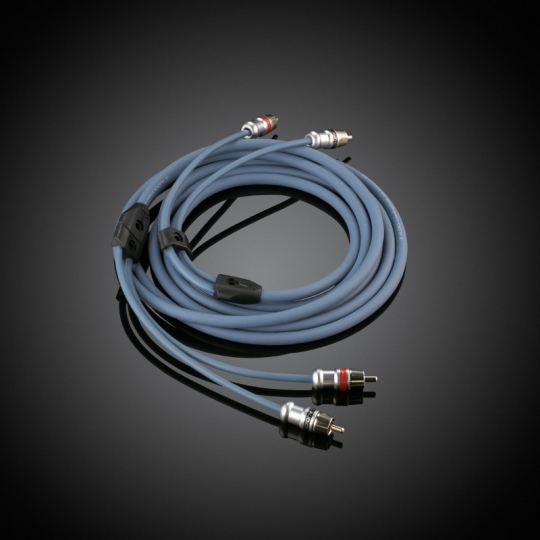Free Shipping*
Lower 48. Orders over $100.
2 Year Warranty
On all our radios.



So you just purchased an amplifier for your vehicle's sound system. Did you get a wiring kit to go along with it?
Hopefully you did because it means you can install the amplifier sooner rather than later. But before we get to the installation, we want to share the different types of kits you can use.
Most amplifier installation kits include 1 set of RCA cables that send the signal from your radio via a pre-amp output to the input side of your amplifier; this is how the amp "knows" the music playing on the radio. RCA cables and pre-amp outputs have been used to do this in vehicles for over 30 years but now many amplifiers will accept high level, or speaker line inputs.
This information will explain the difference between the cables and inputs to give you some insight as to which ones you should use.

Most radio or head units come with at least 2 channel RCA pre-outs which send a 2-5 volt signal from the radio to output connections before sending the signal back to the radio to reach its internal amplifier.
Traditionally, amplifiers could not handle the amplified, higher voltage signal that is coming from the speaker wires. The signal was passed via RCA connections which had a positive center conductor and negative outer shield. The RCA cables were twisted inside the insulation and the ground or negative side was grounded to the actual radio chassis which grounded to the chassis of the vehicle via the ground wire at the power connection.
Also, every other electrical item in the car is grounded to the chassis which means noise from a variety of vehicle components can enter and interrupt the system.
Nowadays, most amplifiers accept high level inputs up to 10 volts and you can connect speaker wire via the radio’s speaker wire connections straight to the amplifier which means an easier installation and even better sound.
Most of the time, the signal coming from the radio is about 10 volts which means less noise and generally better sound quality. With high level inputs instead of the ground from the chassis, the signal comes from the internal electronics of the radio.
The signal coming from the radio is sent to the external amplifier AFTER it has already been amplified with the radio's internal amplifier. With this, the positive signal is sent via the (+) wire and the negative is sent via the (-) wire. Just like your speakers, the signal ground is coming from the internal electronics of the radio rather than the chassis of the car.
Another advantage of high level inputs is that the cost is usually much cheaper. RCA cables can be expensive, especially if you need to make long runs. Speaker wire is relatively cheap and although certain amplifiers need adapters, running the speaker wire is much easier and less bulky than RCA cables.
If you are old school and just want to run RCA's because that is the way you’ve always done it, that’s fine but, when you run RCA inputs you get the following:

You’ll probably have to select a switch or tell the amplifier what the input voltage is, but when in doubt, high level out!
Copyright © 2025 ClassicCarStereos.com